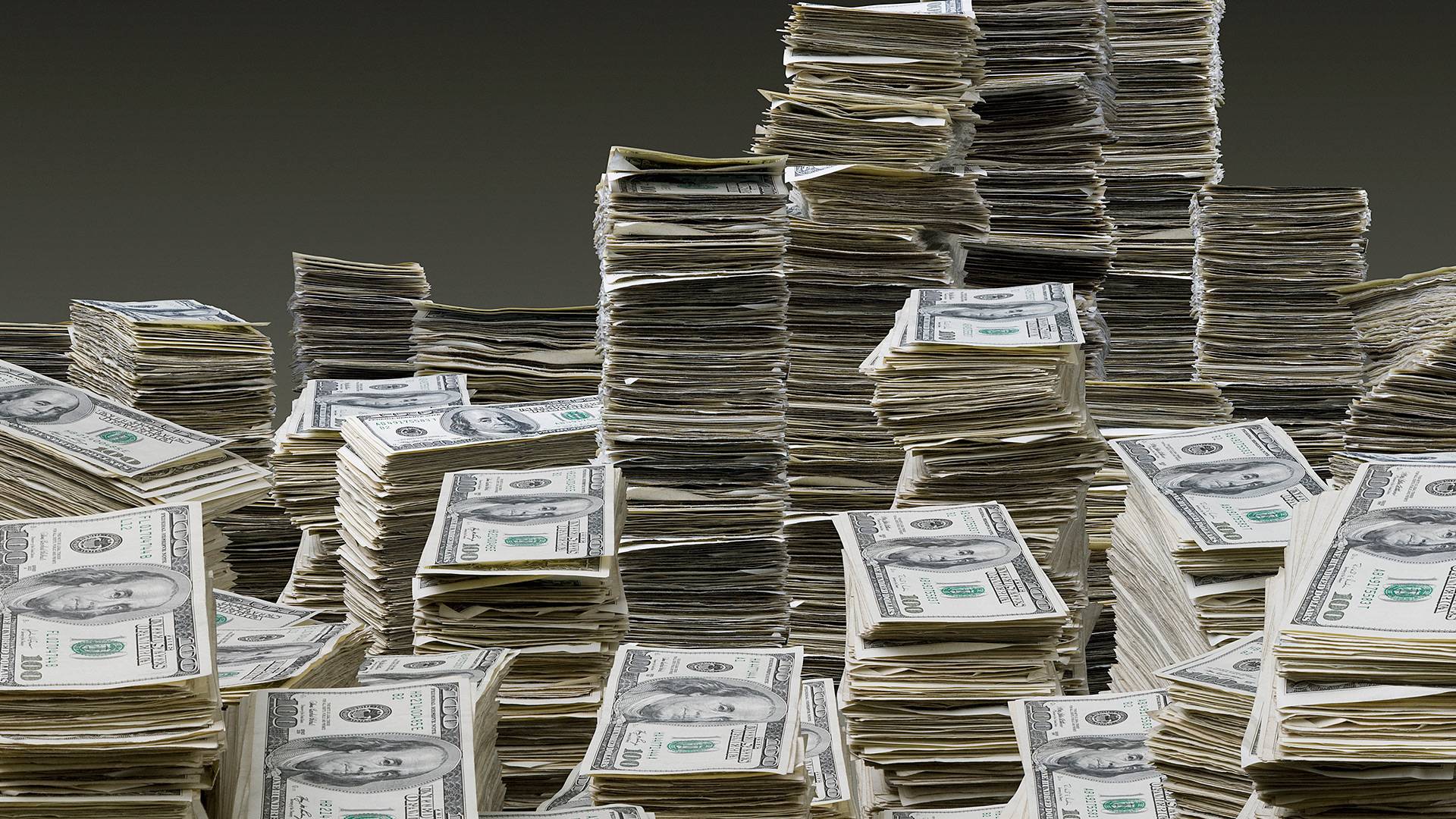 |
| How Much Money is in the World? An In-Depth Exploration (Pics: wallpaperaccess.com) |
KULIAHMANDIRI.MY.ID - The concept of money has evolved significantly over centuries, transitioning from tangible assets like gold and silver to modern-day fiat currencies and digital money. But just how much money is there in the world today? This question might seem straightforward, but the answer is quite complex. In this article, we’ll delve into the various forms of money, how they are measured, and provide an estimate of the total amount of money in the world.
Understanding Different Forms of Money
1. Physical Currency
Physical currency includes all the coins and banknotes in circulation. These are the most tangible forms of money that people use daily for transactions. Central banks around the world print and mint these physical currencies.
2. Bank Deposits
Most money today exists in the form of bank deposits. When you deposit money into your bank account, the bank doesn’t hold that money physically. Instead, it becomes a part of the bank’s reserves, and the bank uses these deposits to make loans, which further expands the money supply.
3. Broad Money (M2)
Economists use various measures to quantify money. The most common measure is M2, which includes physical currency, demand deposits, savings deposits, and other near money that can quickly be converted into cash. M2 gives a more comprehensive view of the money supply.
4. Digital Money and Cryptocurrencies
With advancements in technology, digital money and cryptocurrencies like Bitcoin and Ethereum have become significant. Although they represent a small fraction of the global money supply, their impact and importance are growing rapidly.
Estimating the Total Amount of Money in the World
Physical Currency in Circulation
As of recent estimates, the total amount of physical currency (coins and banknotes) in circulation worldwide is approximately $40 trillion. This includes all the cash held by individuals, businesses, and governments globally.
Bank Deposits
Bank deposits make up the largest portion of the money supply. According to the International Monetary Fund (IMF), the total value of bank deposits around the world is estimated to be around $90 trillion. This includes all types of deposits, from checking accounts to savings accounts.
Broad Money (M2)
When we consider the broader measure of money (M2), which includes physical currency, bank deposits, and other near money, the total amount is significantly higher. The global M2 money supply is estimated to be around $140 trillion. This figure provides a more comprehensive view of the total amount of money available in the world’s financial system.
Digital Money and Cryptocurrencies
The total market capitalization of all cryptocurrencies is currently estimated to be over $1 trillion. While this is a relatively small fraction of the total money supply, the rapid growth and adoption of digital currencies suggest that this figure could increase substantially in the coming years.
The Impact of Central Banks and Monetary Policy
Central banks play a crucial role in regulating the money supply. Through monetary policy tools such as interest rates and open market operations, central banks influence the amount of money circulating in the economy. For example, by lowering interest rates, central banks can encourage borrowing and spending, effectively increasing the money supply.
Quantitative easing (QE) is another tool used by central banks, where they purchase government bonds and other securities to inject money directly into the economy. This method was widely used during the financial crisis of 2008 and the COVID-19 pandemic to stimulate economic activity.
The Role of Inflation
Inflation affects the real value of money. As prices increase, the purchasing power of money decreases. Central banks aim to keep inflation at a manageable level to ensure that the economy grows steadily without eroding the value of money too quickly.
High inflation can lead to a decrease in the value of money, making it essential for central banks to monitor and adjust monetary policy to maintain economic stability.
Conclusion
Estimating the total amount of money in the world is a complex task due to the various forms and measures of money. Physical currency, bank deposits, and broad money (M2) provide a substantial portion of the money supply, with estimates ranging from $40 trillion in physical currency to $140 trillion when considering broader measures. Additionally, digital money and cryptocurrencies add another layer of complexity and growth potential to the global money supply.
Understanding the different forms of money and the roles of central banks and inflation helps us appreciate the intricacies of the global financial system. As technology continues to evolve and digital currencies become more prevalent, the landscape of money will undoubtedly change, potentially leading to even more complex and dynamic monetary systems in the future.





Social Plugin